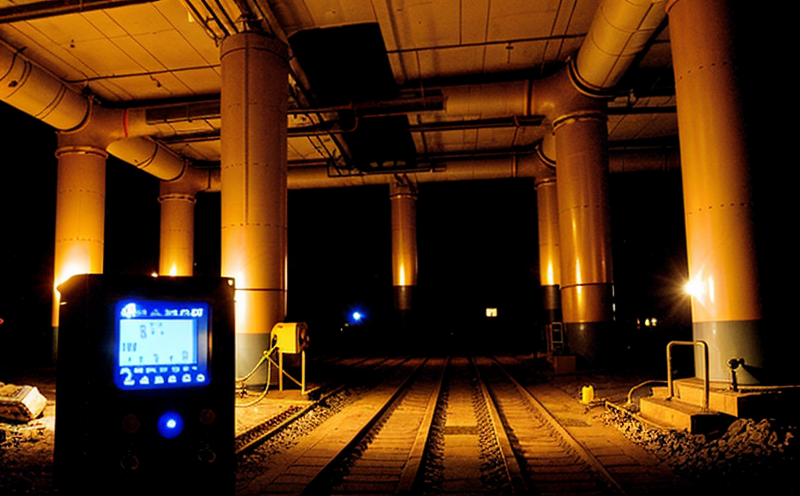EPA 905 Soil Radioactivity Measurement in Mining Areas Testing
The EPA Method 905 is a critical standard used to measure soil radioactivity, particularly in mining environments where the presence of radioactive materials can pose significant health and environmental risks. This method ensures that regulatory requirements are met for the safe handling and disposal of radioactive waste.
Mining operations often involve the excavation of large quantities of soil and rock, which may contain naturally occurring radioactive material (NORM). The EPA Method 905 provides a standardized procedure to quantify this radioactivity in soil samples. This testing is essential for compliance with environmental regulations and ensuring public health safety.
The testing process involves several key steps: sample collection, preparation, analysis using specialized equipment, and reporting the results according to established standards. Samples are collected from various points within the mining area, including near processing plants, waste disposal sites, and other areas of potential contamination. After collection, samples undergo rigorous preparation processes to ensure accurate measurement.
The analytical instruments used for this testing include gamma spectroscopy systems capable of detecting low levels of radiation. These systems are calibrated according to ISO standards to guarantee consistent results. The analysis typically focuses on identifying the presence and concentration of specific isotopes associated with radioactivity in soil samples.
Once analyzed, the data is reported back to the client or regulatory body in accordance with EPA Method 905 guidelines. This report includes detailed information about the levels of different radioactive elements detected in each sample, as well as any exceedances over acceptable limits set by relevant regulations.
This service plays a crucial role not only in meeting federal requirements but also in supporting mining companies' efforts towards responsible environmental stewardship and worker protection. By providing accurate data on soil radioactivity levels, this testing helps inform decisions regarding site remediation, waste management practices, and overall operational protocols.
Industry Applications
- Mining companies conducting assessments of existing sites before commencing operations.
- Companies involved in the reclamation or rehabilitation of mined land.
- Regulatory bodies responsible for enforcing environmental protection laws related to mining activities.
- R&D teams exploring new methods for reducing radioactivity exposure during mining processes.
Quality and Reliability Assurance
The quality assurance process begins with selecting trained personnel who possess expertise in both soil sampling techniques as well as radiation detection technologies. Proper training ensures that samples are collected accurately from the specified locations within the mining area.
Sample preparation is another critical aspect of ensuring reliable results. Samples must be handled carefully to prevent contamination or degradation before they reach the analytical stage. This includes drying, grinding into fine particles if necessary, and sieving them through appropriate mesh sizes.
The use of certified reference materials helps validate the accuracy of the analytical methods employed during testing. These reference materials are used alongside actual samples to calibrate instruments and verify that measurements fall within acceptable ranges. Regular internal audits and external proficiency tests further strengthen the reliability of our results by providing opportunities for continuous improvement.
Finally, all reports generated from EPA Method 905 analyses are reviewed multiple times before final approval. This includes checking against established criteria to ensure compliance with applicable regulations, as well as verifying that conclusions drawn based on these findings align correctly with observed data points.
Environmental and Sustainability Contributions
EPA Method 905 soil radioactivity measurements contribute significantly to environmental sustainability initiatives by providing valuable insights into potential risks associated with mining activities. Accurate knowledge of radioactive contamination allows for targeted interventions aimed at minimizing harm both to the environment and human health.
Through this service, we support efforts towards responsible resource extraction practices that prioritize long-term ecological balance over short-term economic gains. By identifying areas where remediation is needed, our testing helps prevent further spread of radioactivity into surrounding ecosystems while facilitating safer disposal methods for contaminated materials.





